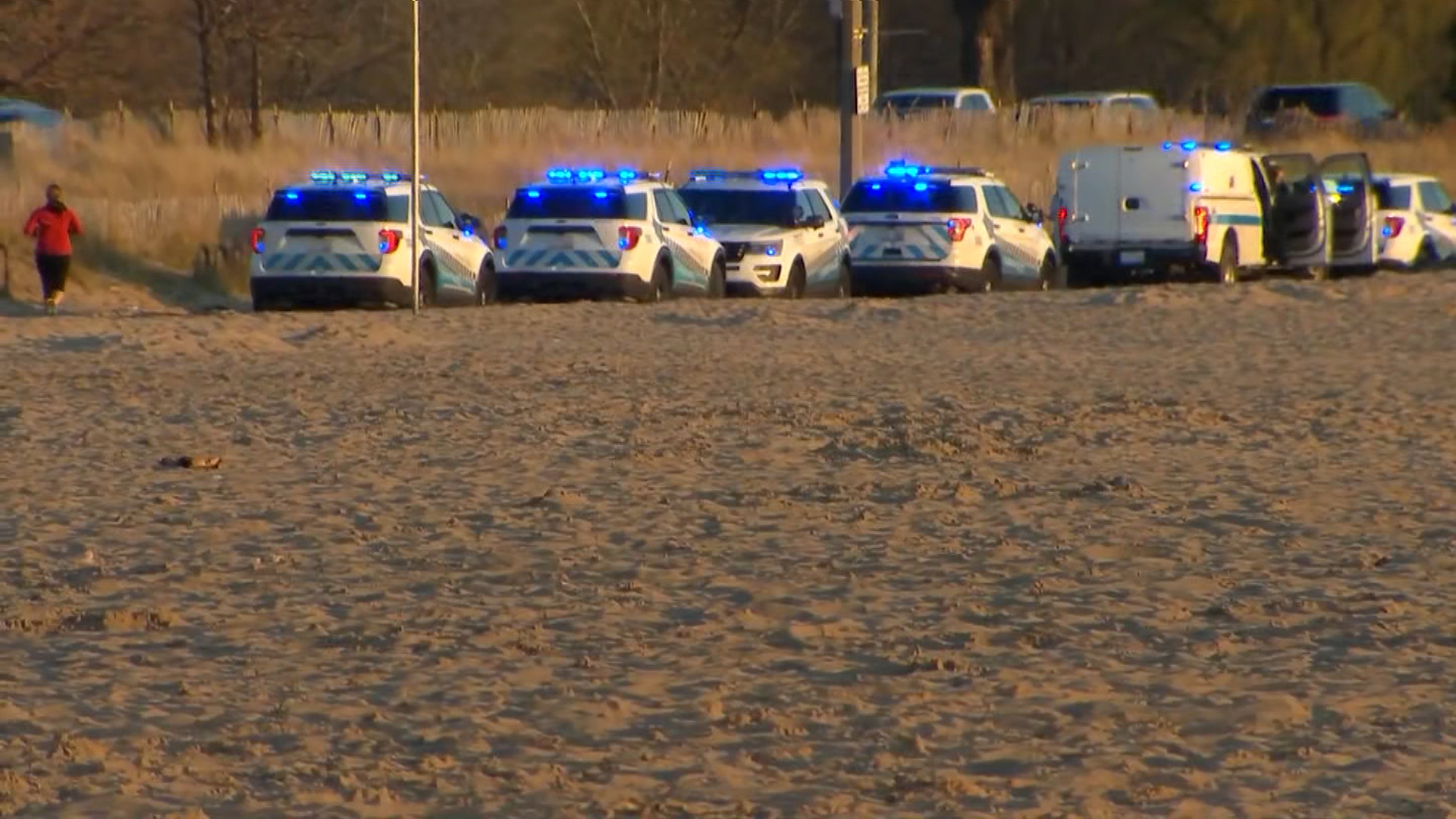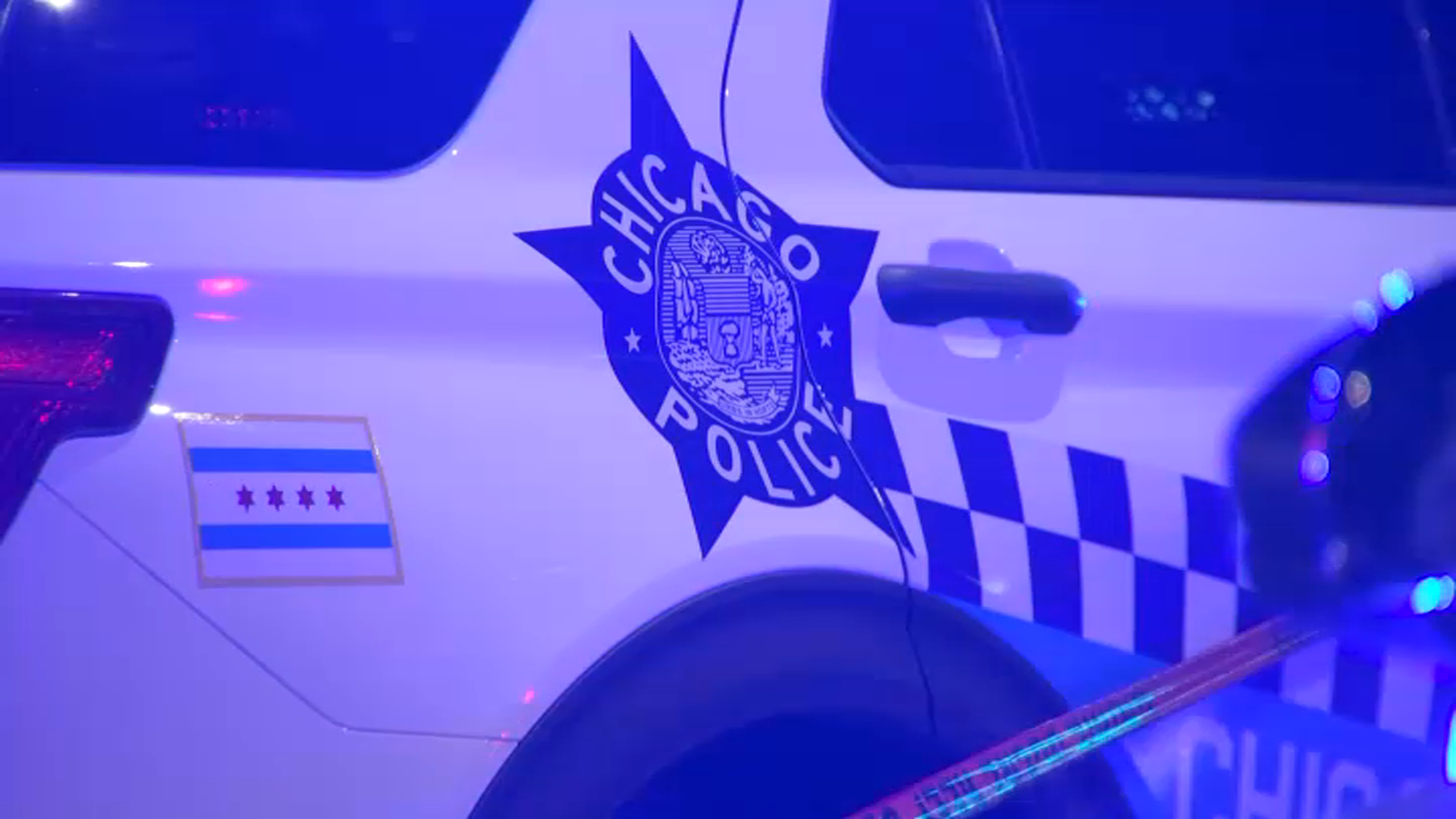Rahm Emanuel will be up for referendum in February when Chicagoans get the chance to hand the mayor a second term—or kick him to the curb.
Emanuel's stint at City Hall has been characterized by controversy, from uproar over school closures in underserved neighborhoods to eyebrow-raising crime stats to ego-bruising polls forecasting his political death.
With three months until Election Day, and two progressive rivals (2nd Ward Ald. Bob Fioretti and Cook County Commissioner Jesus "Chuy" Garcia) angling for his job, Emanuel will soon launch the biggest campaign of his political career and one that requires the blunt-speaking politician to soften his public image while attempting to win back constituents who've come to view him as too radioactive, too removed from the average voter to effectively govern a city deeply divided along racial and economic lines.
All told, is talk of Emanuel's demise greatly exaggerated?
Crain's Chicago Business has a special Rahm report out Monday that crunches the numbers to paint an emotion-free picture of the mayor's impact on Chicago, cataloguing his high-highs, low-lows and everything in between. Writes the paper's Greg Hinz and Thomas Corfman:
How much has Chicago's flinty-eyed Energizer bunny of a mayor actually moved the city? The answer: More than some may think, but not as far as Mr. Emanuel would like, hobbled in part by his own polarizing style. To assess Mr. Emanuel's progress, Crain's studied a wide range of data about the city's performance under this mayor, examining population, crime and employment figures, and zoning in on pension, debt and other financial measures. What we found is a mixed record, with some clear successes, a few disappointments and a plethora of incompletes. As Mr. Emanuel himself admits, the job of turning around Chicago is far from done.
Key takeaways on the Emanuel and the economy: The city has added 43,000 full-time jobs since he took office in 2010, amounting to an increase of 3.2 percent; retail sales have spiked, too, jumping from 13.7 percent to 17.4 percent over four years; meanwhile, Emanuel's emphasis on improving public transportation, growing tourism and beefing up McCormick Place as part of a business-boosting strategy have netted some positive results.
Local
Crime has been a thorny issue for the Emanuel administration, which has weathered spells of bad press (recall: the super-violent summer of 2014) while overseeing an overall decline in the murder rate. Even so, shootings escalated six percent this year. And, according to Crain's, "a resident of police districts with the highest rate of violent crimes was 6.7 times more likely to be the victim of a violent crime than one who lived in the lowest-crime districts in 2010. By 2013, that ratio dropped slightly to nearly 6.0. But through Oct. 15, the ratio rose back to 6.7."
On the financial front, Emanuel has downsized government bloat while presiding over an 11.7 percent spike in the city's general obligation debt (though borrowing less than his spendier predecessor Richard M. Daley).
Education-wise, he's logged successes in lengthening the school day and overseeing a rise in the high school graduation rate while butting heads with the Chicago Teachers Union on teacher contracts and accusations of racism.
The mayor has plenty of enemies–the CTU being just one—who rightly argue he pays too much attention to the tonier downtown and North Side versus the economically needy South and West sides.
A self-aware Emanuel, whose greatest enemy might just be himself (his aura of entitlement rubs many the wrong way and could cost him votes this winter), admits to Crain's: "The biggest thing I haven't moved far enough is to make sure that the benefits that are occurring in the 'the city' are enjoyed by everyone in the city."
Progress?



